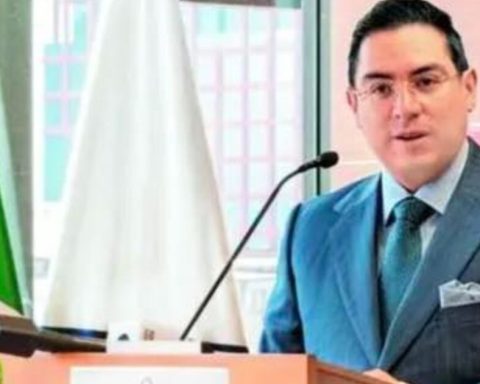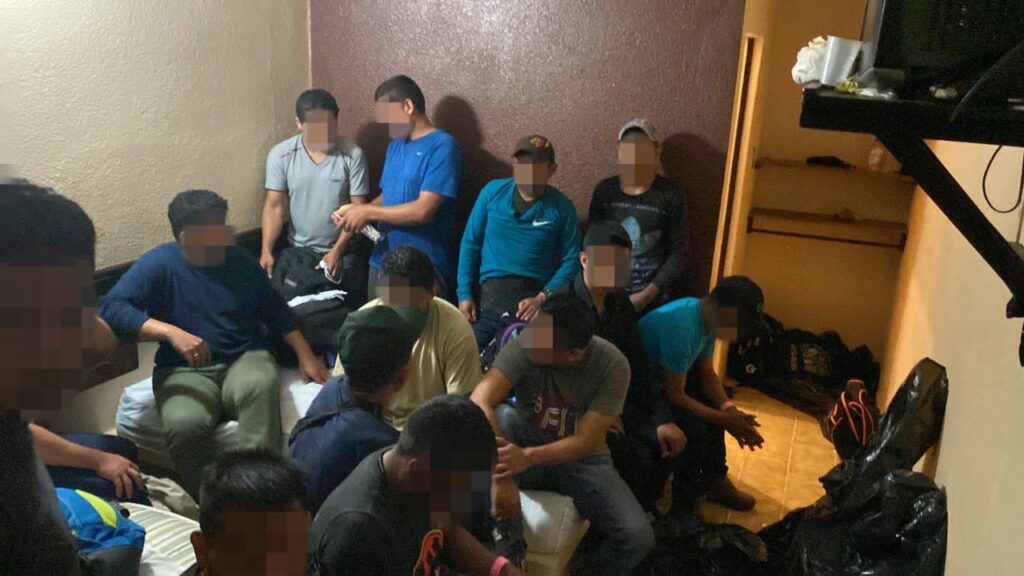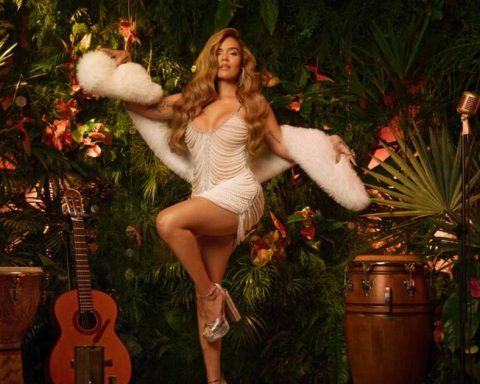Victor M. Toledo
H
hey for today in the world of science, the subject of interdiscipline has become commonplace. interdiscipline It is a field of study that crosses the traditional boundaries between various academic disciplines, or between various schools of thought, due to the emergence of new needs or the development of new theoretical or technical approaches.
(Wikipedia). Interdiscipline is essentially a transgression. This action is carried out against the current of specialization and advocates the integration, not the fragmentation, of knowledge, and constitutes one of the main theses of the so-called complex thought. In his monumental work The structure of scientific revolutions Yo ficas, Thomas Kuhn founded the idea that scientific knowledge advances as a succession of paradigms that mutate over time. A state of normal science
presents anomalies, immediately enters a crisis, until its paradigm is replaced by a new one. Today science is experiencing a crisis and a paradigm shift. Interdiscipline responds to the need to articulate more inclusive or general knowledge after many decades of specialization, that is, the domain of monodisciplines. Interdiscipline is today advocated by the main scientific countercurrents such as complex thinking (E. Morin, 1990, and F. Capra, 1998), complex systems (R. García, 1996), environmental complexity (E. Leff, 2000 ), postnormal science (Funtowicz and Ravetz, 1993), the epistemologies of the South (De Sousa Santos, 2000), participatory action science, etc.
We owe CS Holling (1930-2019) an illuminating reflection on interdisciplinarity in his treatment of the two visions that have put science in full transition. In a seminal essay on the two approaches to ecology, Holling (1998) clearly defines the two visions that today frame the work of contemporary scientists. On the one hand there is the analytical approach, which he calls the science of parts
and on the other the integrative approach, which he calls the science of parts integration
. The first provides the bricks and the second the architectural design. The first is analytical and essentially experimental, reductionist and monodisciplinary. It normally works at a single scale. The second approach is integrative, systemic, multiscalar, fundamentally interdisciplinary and capable of combining multiple sources of evidence. Integrate uncertainty and surprise as part of possible responses.
Holling lays down this brilliant principle: Both the science of parts and the science of integration of parts are essential to understanding and action. Those researchers who feel more comfortable working with only one of the two approaches, however, have a responsibility to accept and understand the existence of the other. Otherwise, there is a danger that the science of the parts will fall into the trap of offering precise answers to the wrong questions, and the science of the integration of the parts into formulating meaningless answers to the right questions.
.
The previous apothegm opens a new perspective: that of the knowledge orchestration
. And here science ends up moving towards a metaphor that recalls the structure and function of a symphony orchestra, where it is the assembly of each one of the sounds coming from a whole range of instruments, played by a whole variety of musicians, that manage to generate a musical work under a computer framework designed by the author of the work and under the baton of a director.
Two notable examples of this new phase of science are: the IPCC (International Program on Climate Change), founded in 1988 by the United Nations, and the Global Inequality Database, created in 2011 in Paris, France. The IPCC is dedicated to providing comprehensive assessments of the state of scientific, technical and socio-economic knowledge on climate change, its causes, potential impacts and response strategies, and to making them as accessible as possible to the public, and especially to those who they make decisions. To date, the IPCC has generated five reports in which several thousand researchers have participated. The sixth report, which will be published at the end of 2022, includes three work teams in which some 800 researchers from some 70 countries collaborate (https://www.ipcc.ch/languages-2/english/). The Inequality Laboratory, for its part, headed by Thomas Piketty, in which some 100 researchers from 80 countries work (see Piketty, 2021, A brief history of equality), is dedicated to analyzing, based on statistical data, the history of inequalities between 1780 and the present. Two cases of the new era of knowledge, of science as a symphony.

















